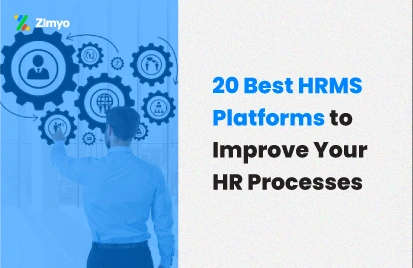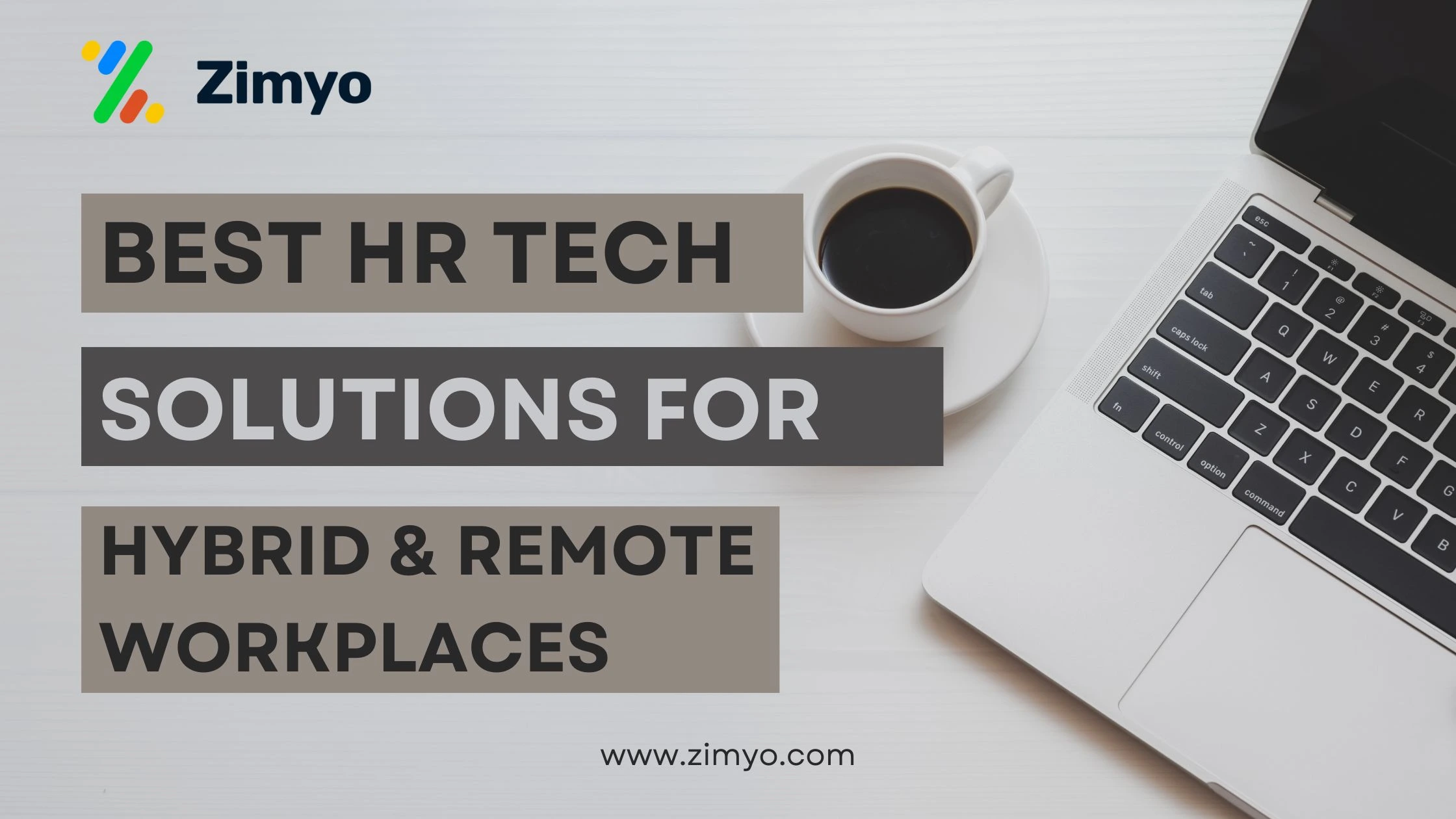Casual Leave (CL) is an essential part of employee benefits. It allows workers to take time off for personal reasons without affecting their overall productivity. However, the number of CLs allowed in a year varies based on company policies, industry standards, and government regulations. In this blog, we will discuss the standard guidelines and rules governing casual leave entitlement.
What is Casual Leave (CL)?
Casual Leave is a type of leave granted to employees to take short-term time off for urgent and unforeseen circumstances. Unlike paid leave or earned leave, CL does not accumulate over time and is often non-carry-forwardable to the next year.
How Many Casual Leave Days are Allowed in a Year?
The number of CLs allowed annually depends on several factors, including company’s leave policy, labor laws, and employment contracts. However, general industry practices suggest the following:
1. Government Sector
- In India, government employees are generally entitled to 8 to 12 days of CL per year.
- These leaves cannot be carried forward to the next year and usually lapse if not utilized.
2. Private Sector
- Private companies have their own leave policies, and CL entitlement can vary from 6 to 12 days per year.
- Some organizations allow CL to be availed as half-days or hourly-based leaves.
3. Factories and Shops & Establishments
- The number of CLs is governed by the Shops and Establishments Act, which varies from state to state.
- Typically, employees in factories or commercial establishments receive 6 to 10 CLs annually.
4. IT and Corporate Sector
- Many IT firms and corporate offices provide around 8 to 10 CLs per year. This is in addition to other types of leave like sick leave and earned leave.









Rules and Guidelines for Availing Casual Leave
While the policies differ across organizations, some common rules apply to casual leave usage:
- Prior Approval: Employees should inform their reporting managers. And must follow the approval process in advance when using CL, except in emergencies.
- Limited Consecutive Days: Many companies do not allow CLs to be taken for more than 2-3 consecutive days.
- Non-Encashable: Unlike earned leave, casual leave is typically non-encashable and cannot be carried forward.
- Restricted During Peak Workload: Some organizations may restrict CLs during crucial business periods or project deadlines.
- Documentation in Certain Cases: In case of medical emergencies or unavoidable circumstances, employers may ask for supporting documents.
I was able to implement the platform on my own. It helps in assigning the tasks to other employees, conducting surveys and polls, and much more. The ease of use and self-onboarding is something that I would like to appreciate.
Sonali, Kommunicate
Zimyo simplifies attendance management for our organization. The leave and attendance are so streamlined that we have never faced any difficulties with the system.
Anurag, Eggoz Nutrition
The Crux
The Casual Leave rule is an important provision that allows employees to manage personal commitments. While also maintaining a work-life balance. Understanding company policies and local labor laws regarding casual leave day off can help employees plan their leaves better. This ensures smooth workflow management.
Unsure about your company’s CL entitlement? Check their leave policy. Also, you may consult the HR department.
By following the right procedures and guidelines, employees can utilize their casual leave effectively without any work disruptions!
Frequently Asked Questions (FAQs)
What is the rule for casual leave?
Casual Leave (CL) is short-term paid leave granted for urgent or unforeseen personal matters, typically limited to 8–12 days per year depending on the organization. It cannot be carried forward, is usually limited to 3 days at a stretch, and often requires prior approval unless it’s an emergency. CL cannot be clubbed with other leave types unless specified by company policy, and exceeding the allotted days results in Leave Without Pay (LWP).
Can I get salary for casual leave?
Yes, you do get your salary for Casual Leave. Casual Leave is a type of paid leave, which means your salary remains unaffected for the approved number of CL days allotted to you in a year. However, if you exceed your CL entitlement, any extra days may be treated as Leave Without Pay (LWP) unless adjusted with other available paid leave types.
How many CL can I take at once?
You can usually take a maximum of 3 consecutive Casual Leave (CL) days at once, though this limit can vary slightly depending on your organization’s policy. If you need more than 3 days, you may be asked to combine it with other types of leave like Earned Leave or apply for special approval. Always check your company’s HR policy for the exact rule.







